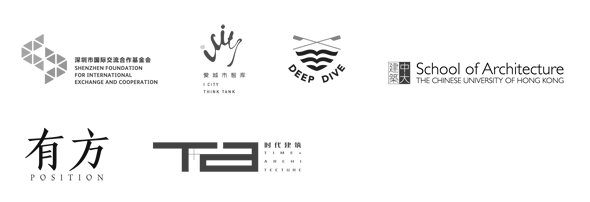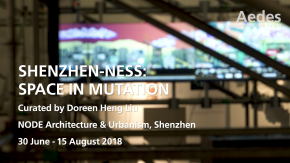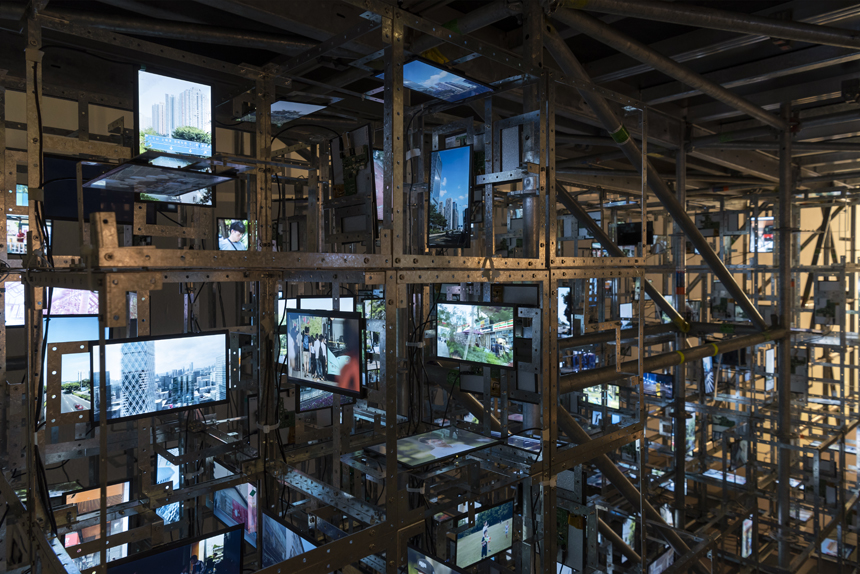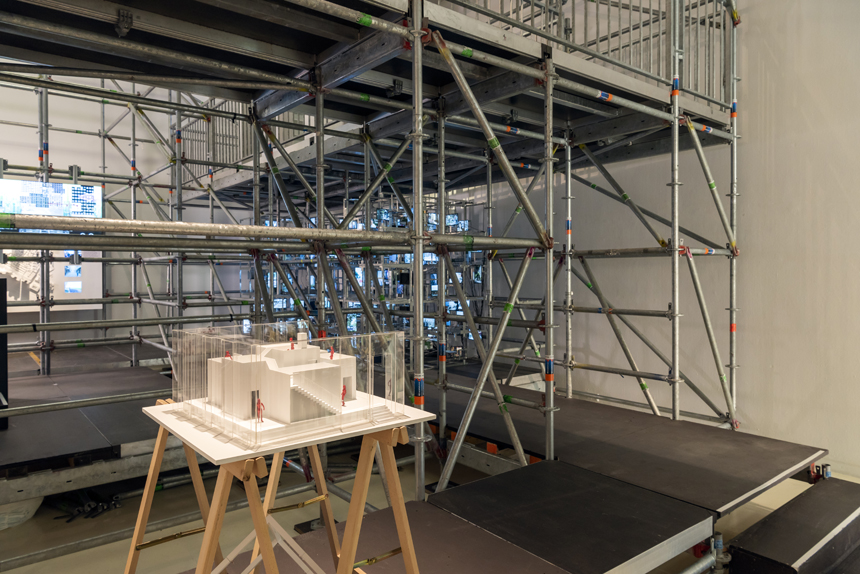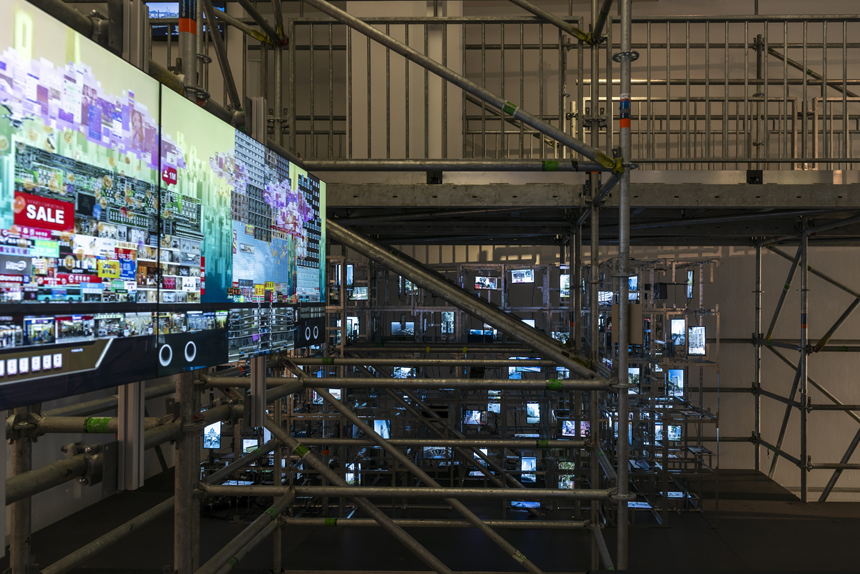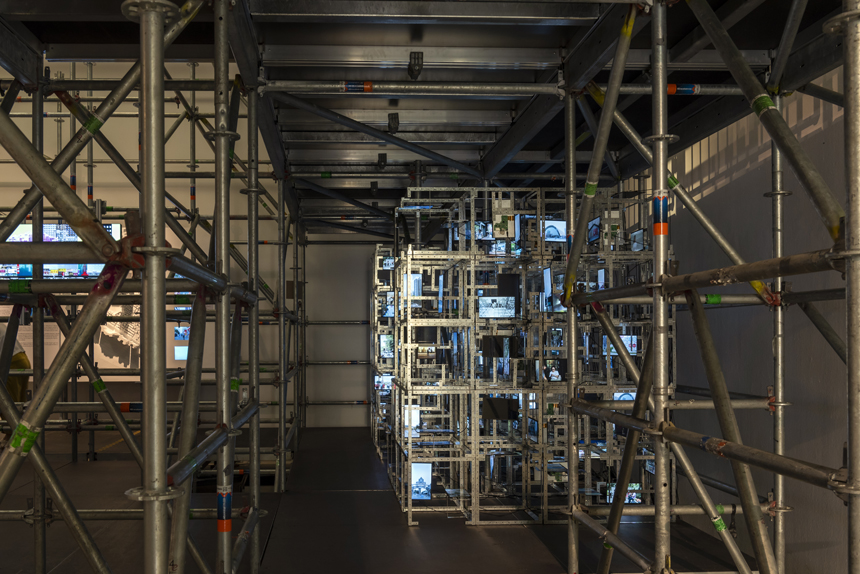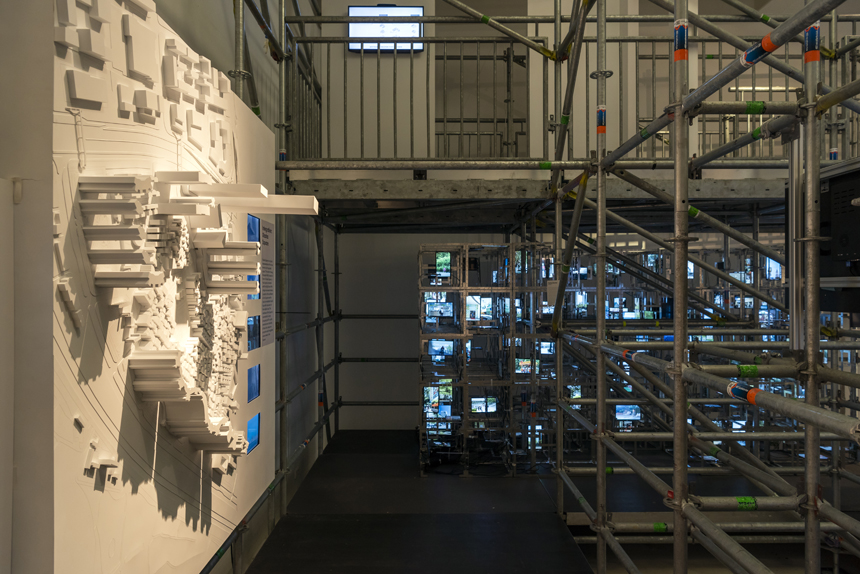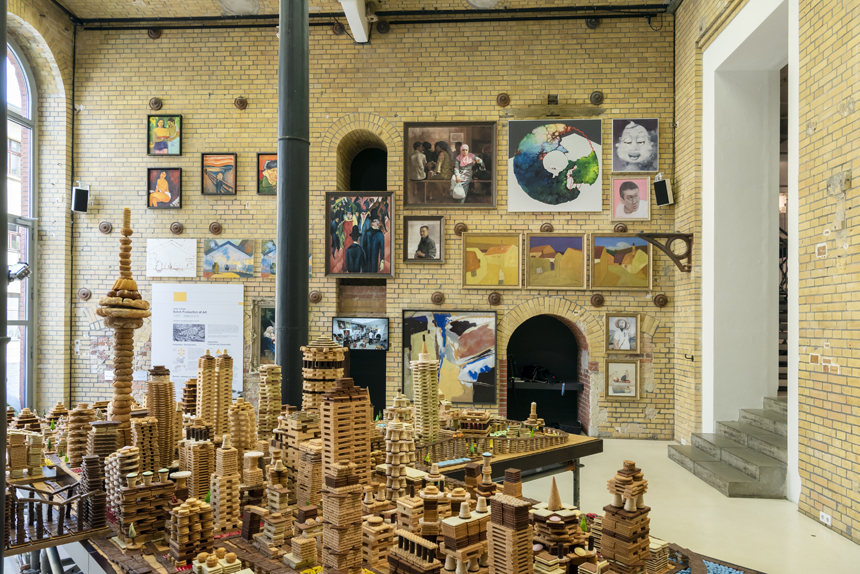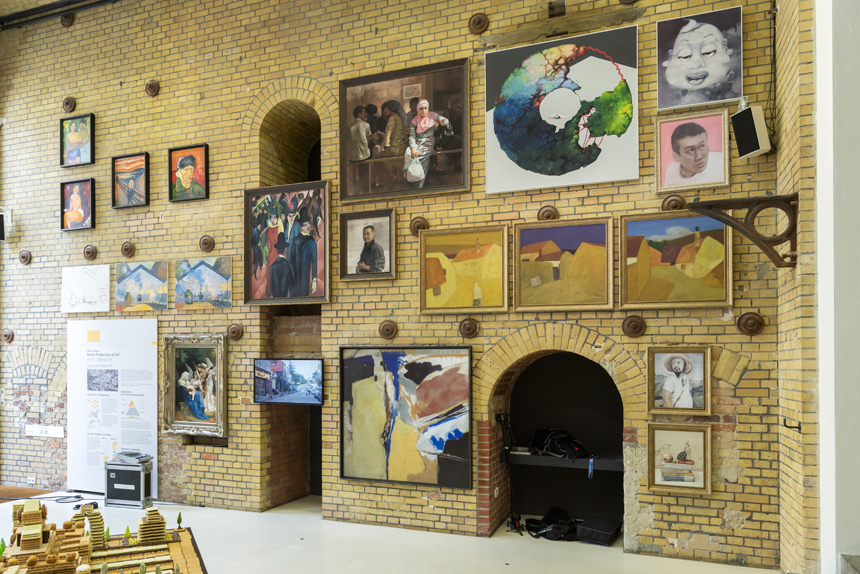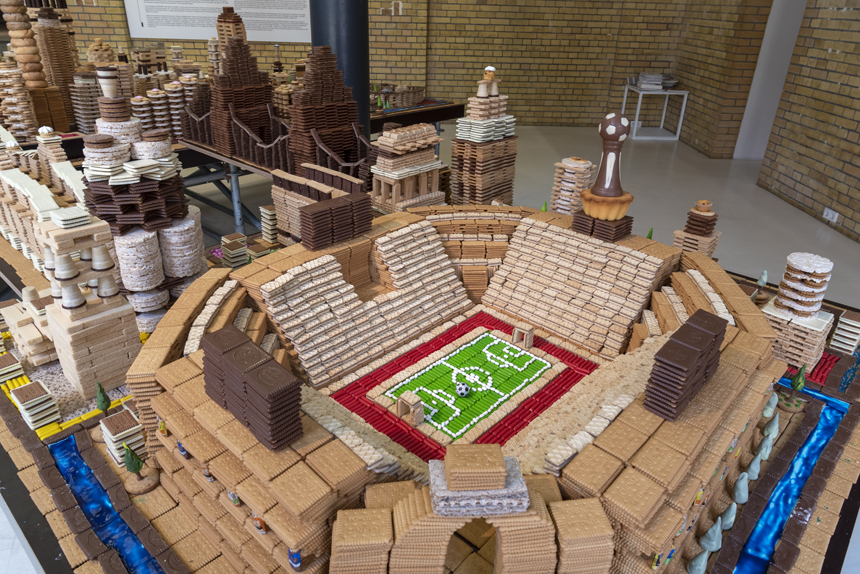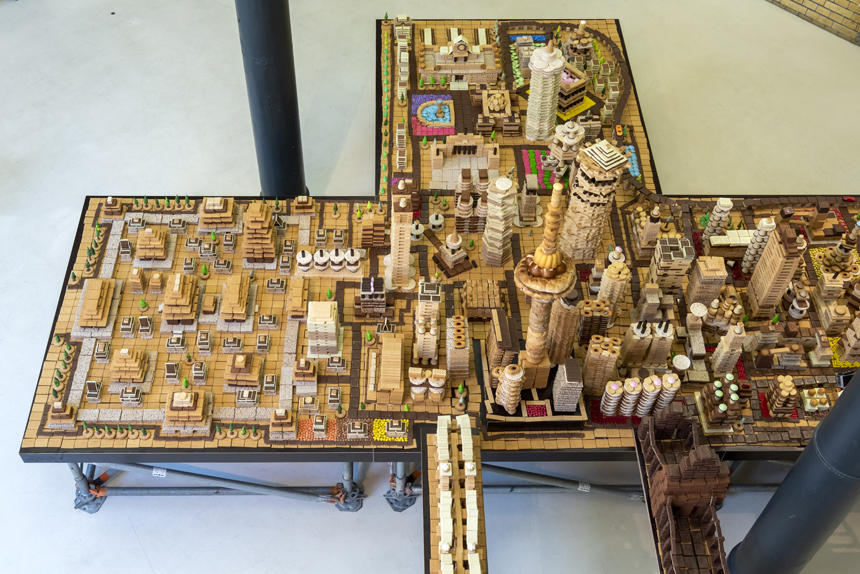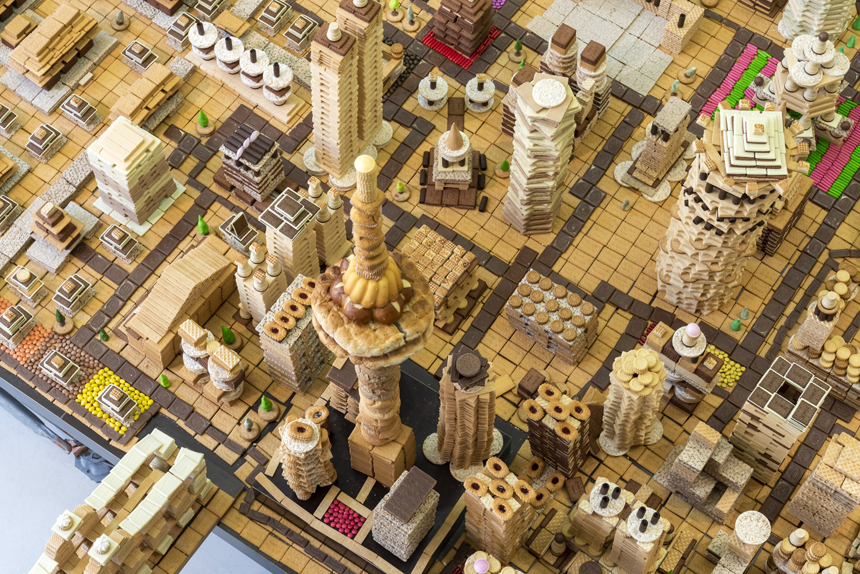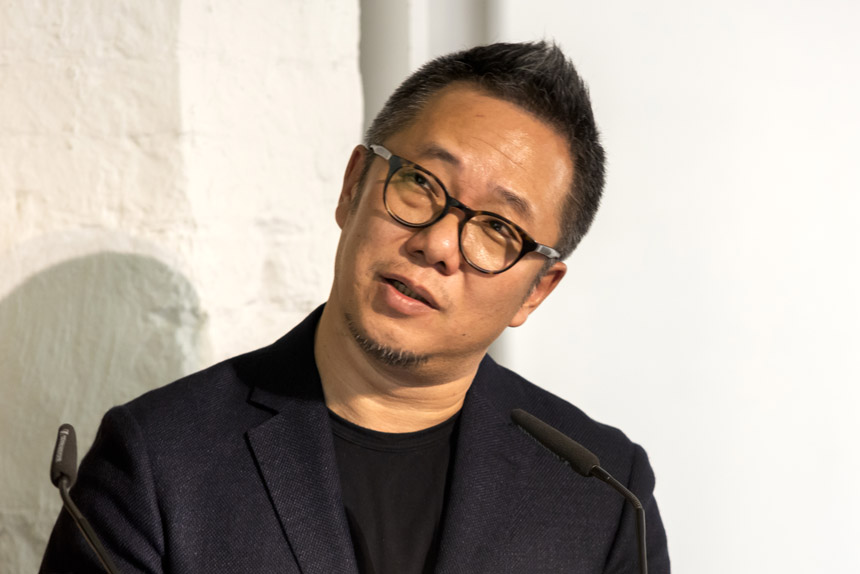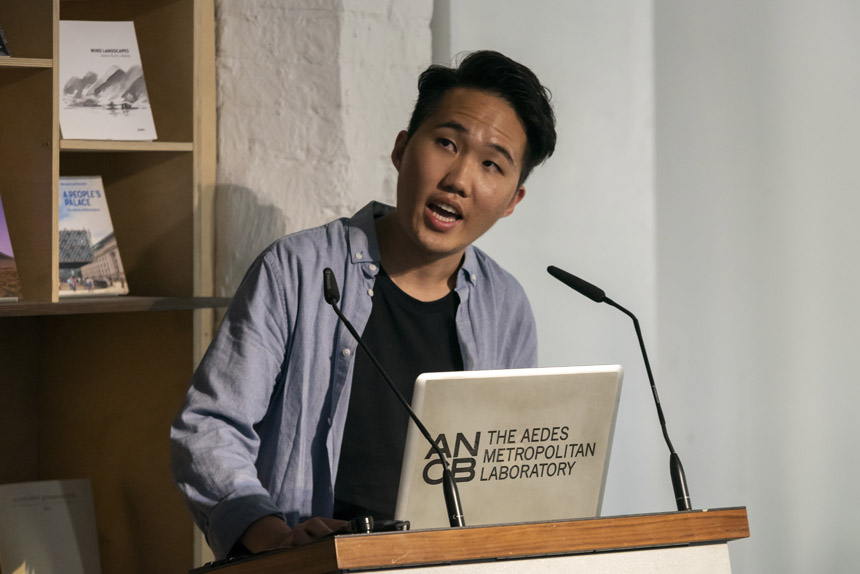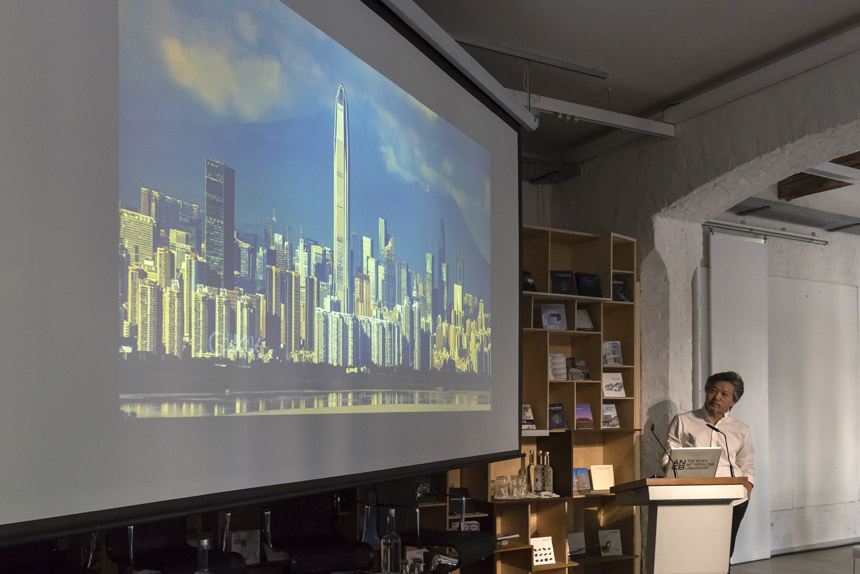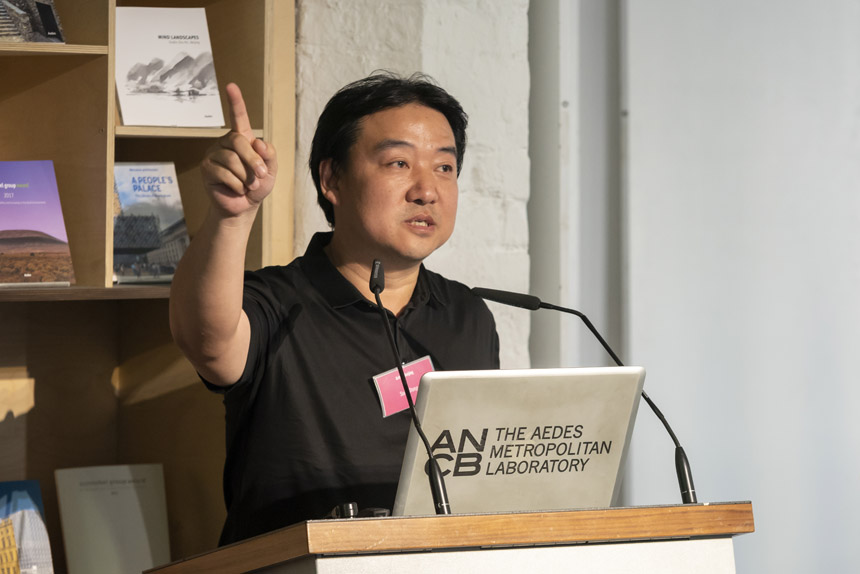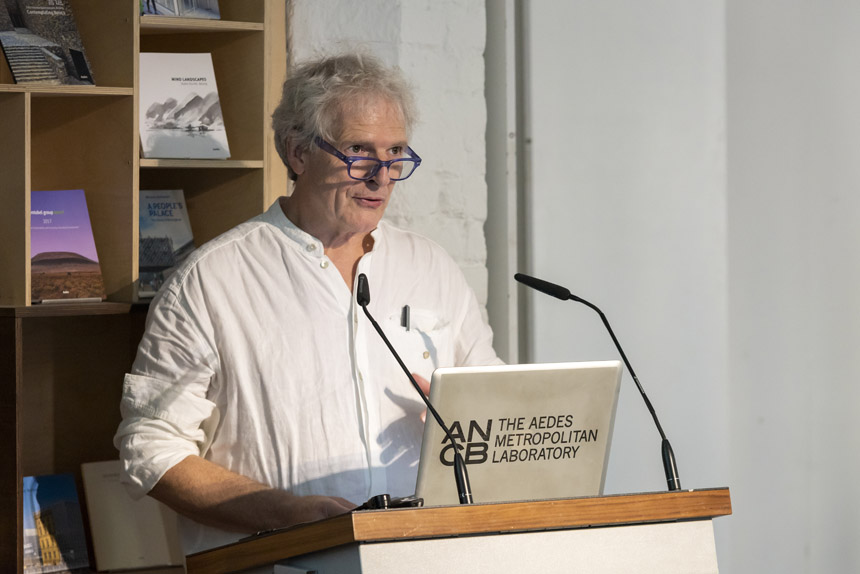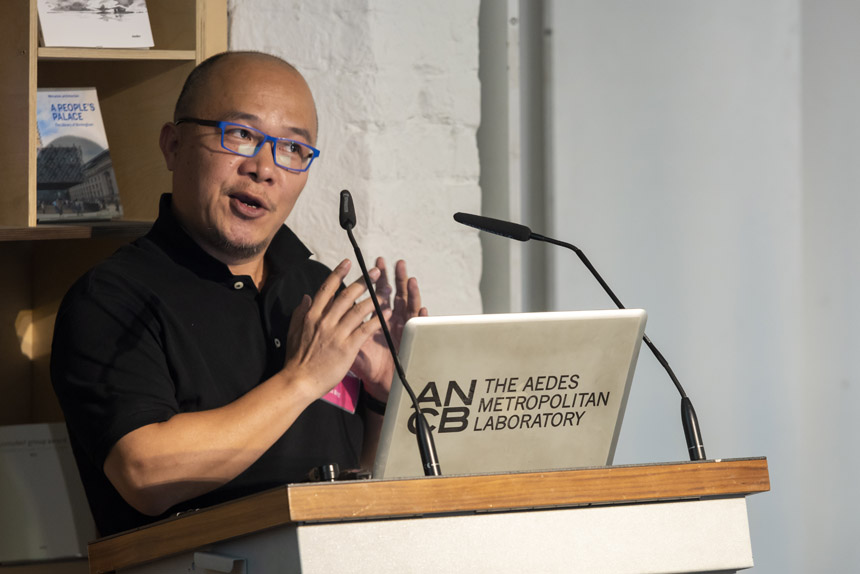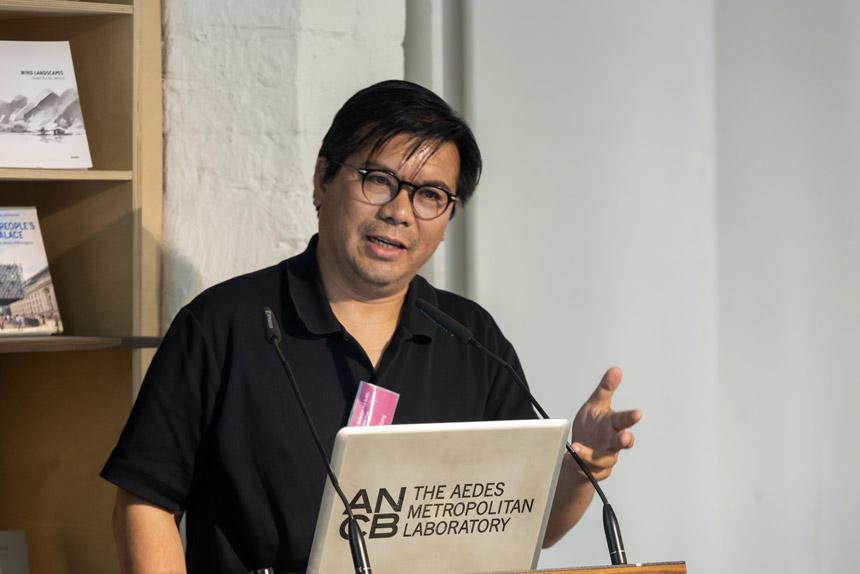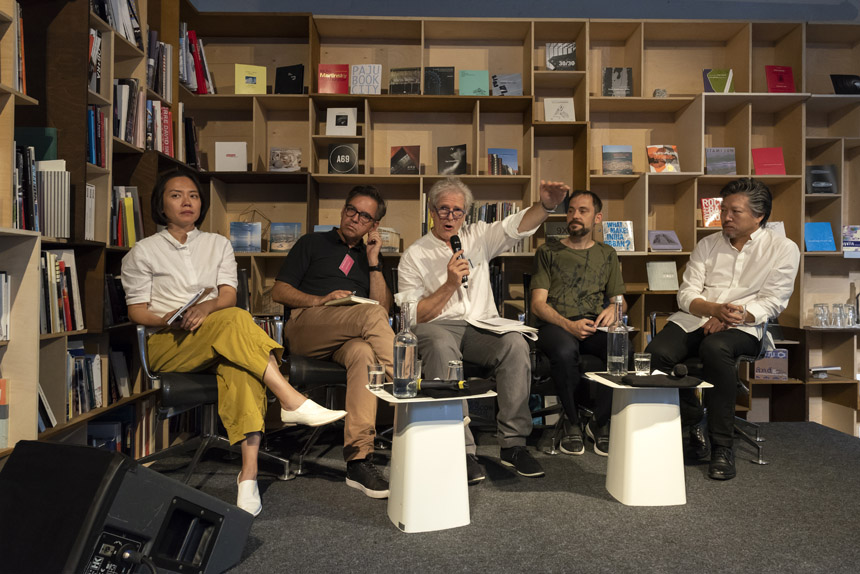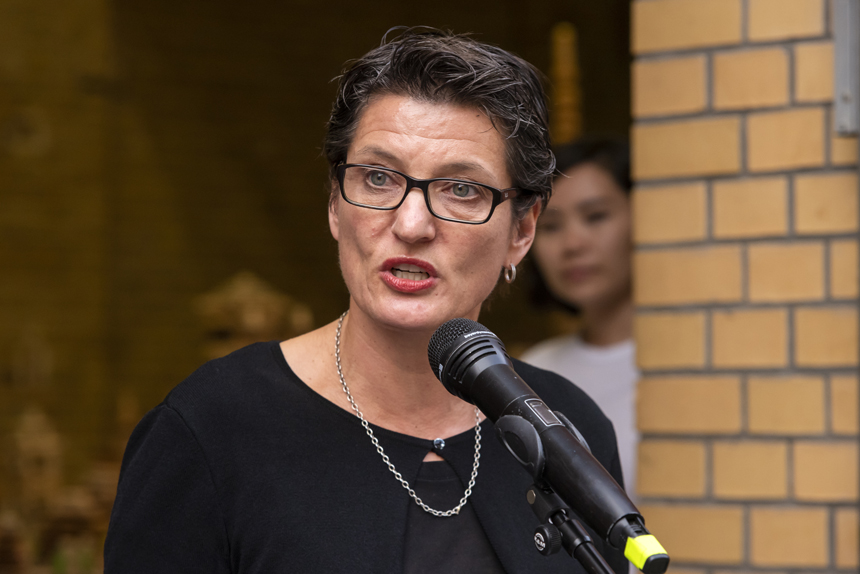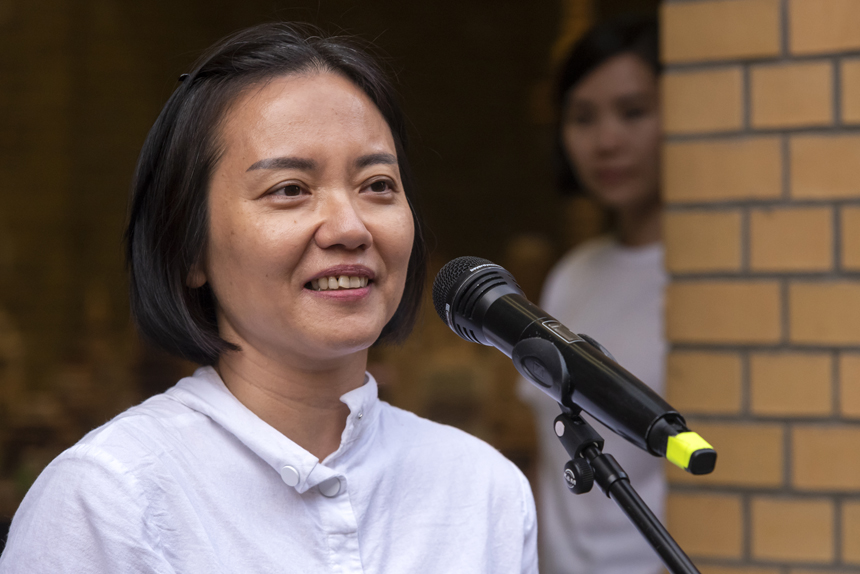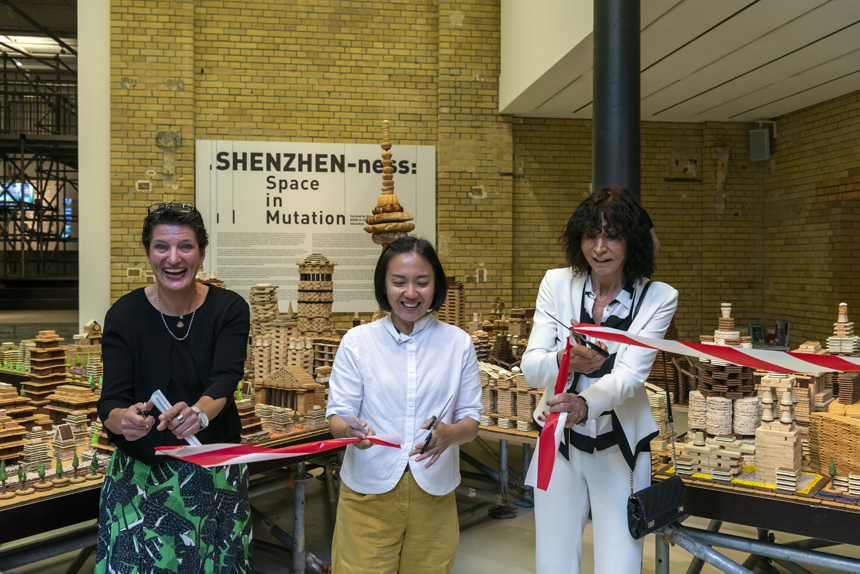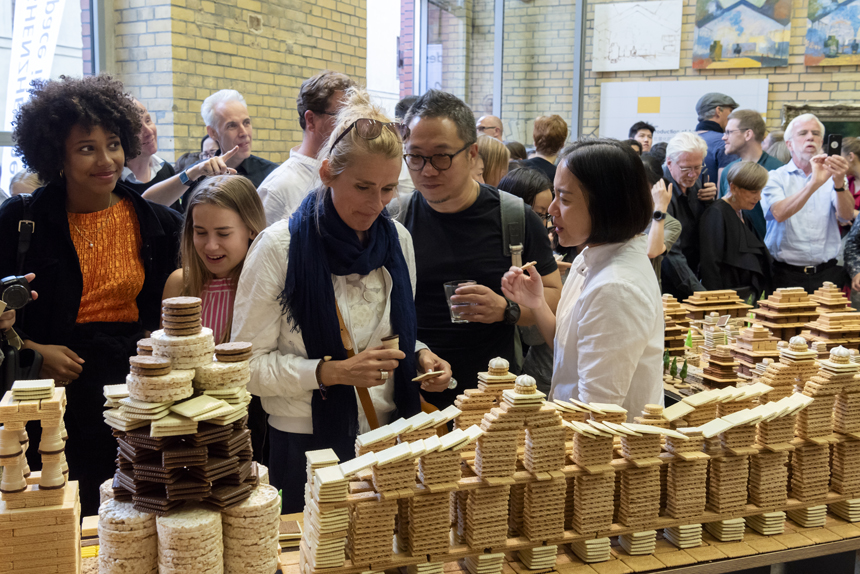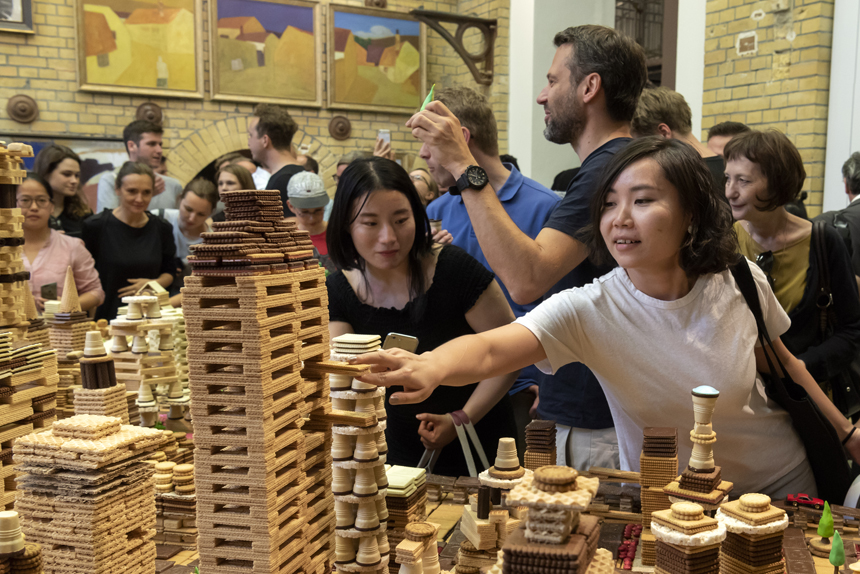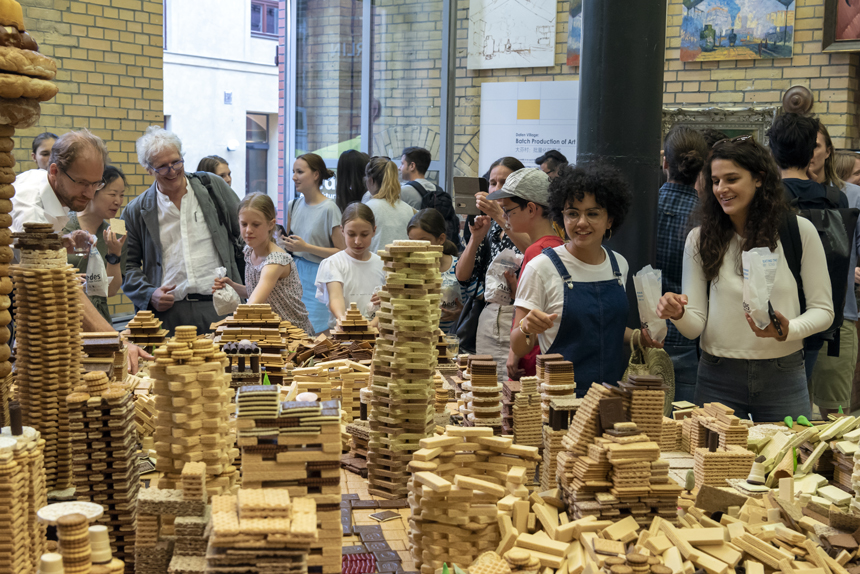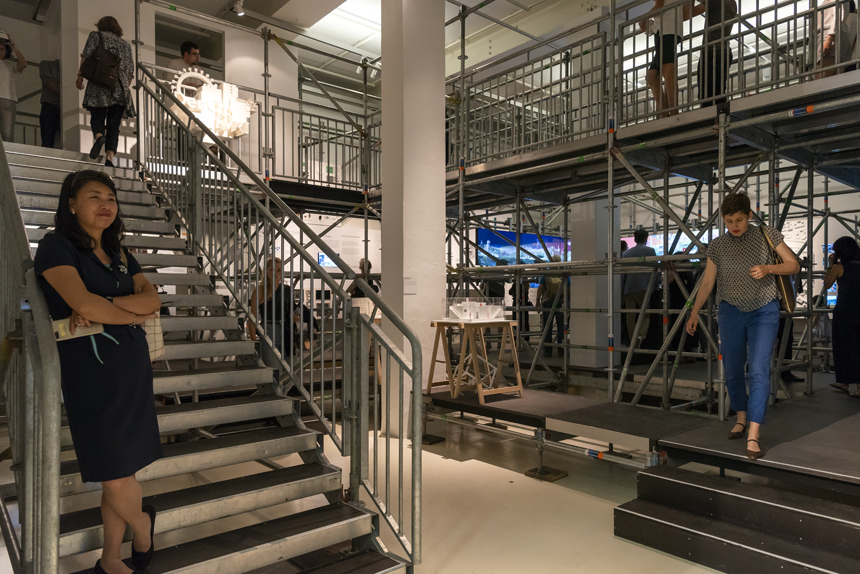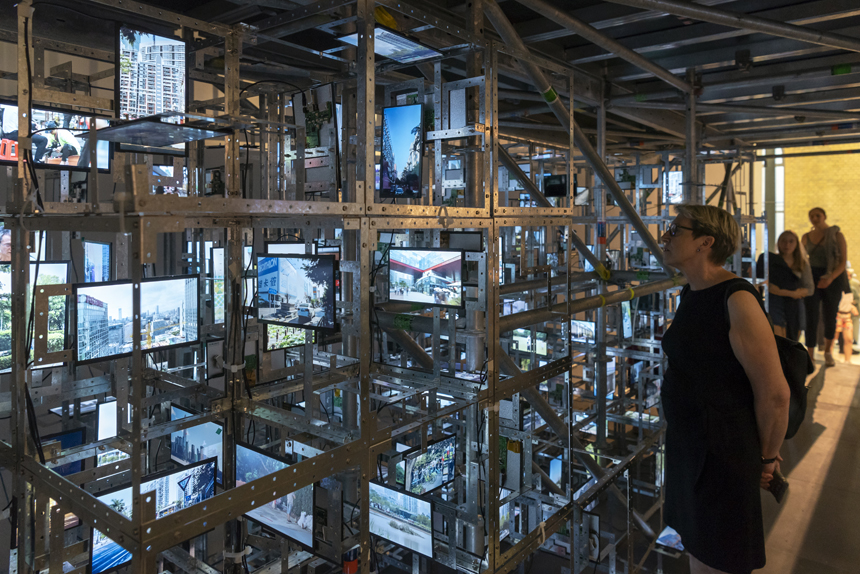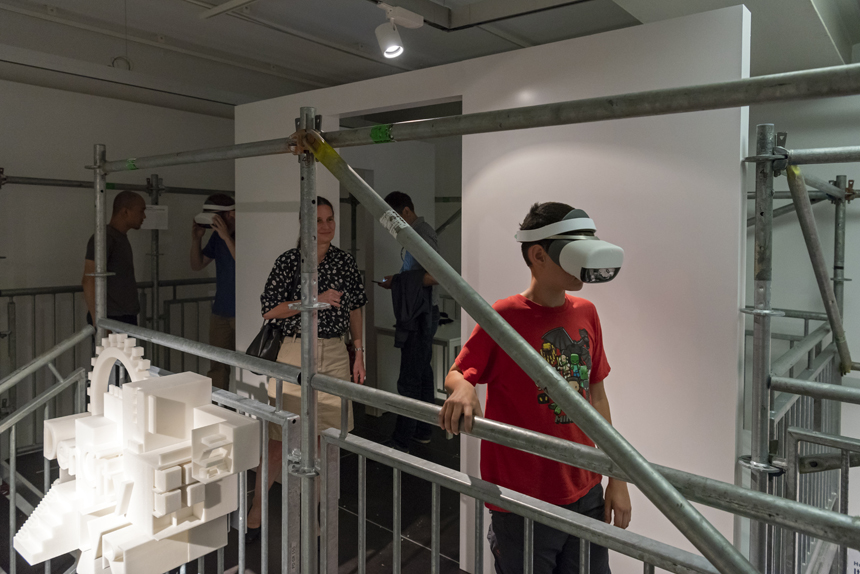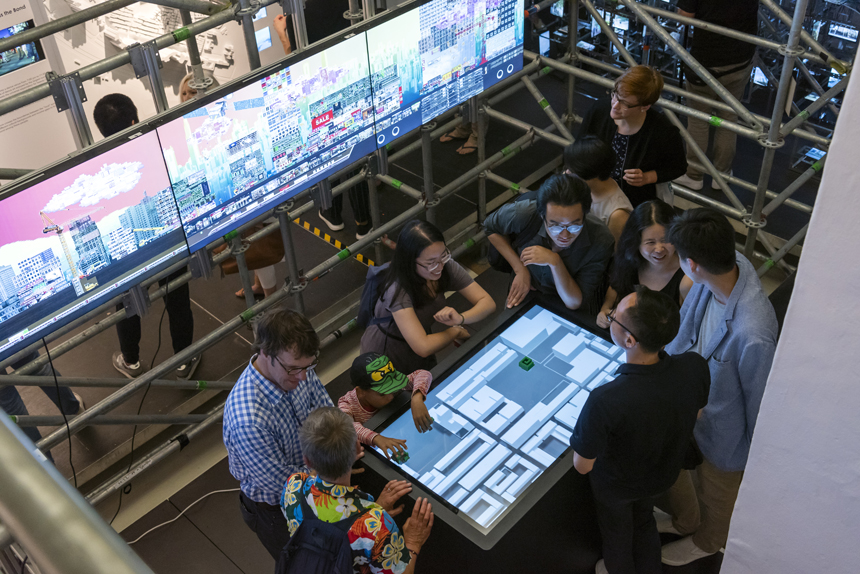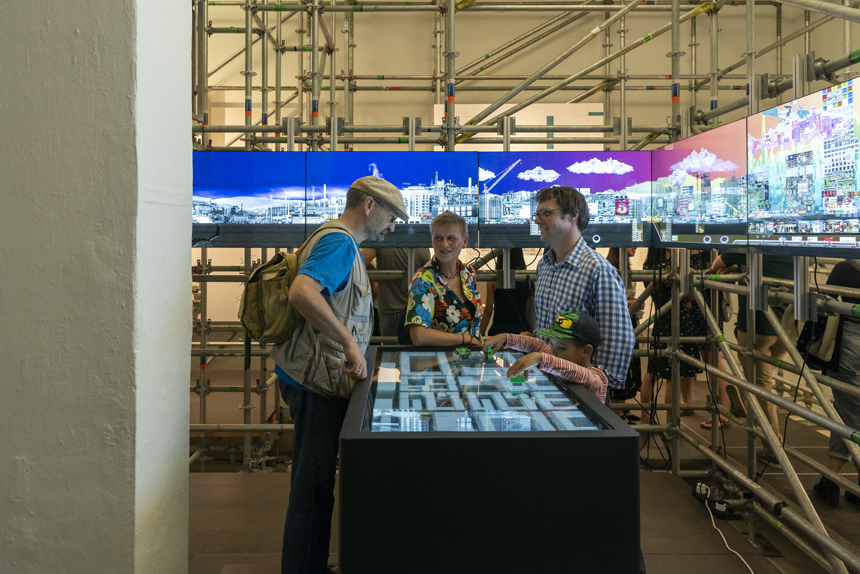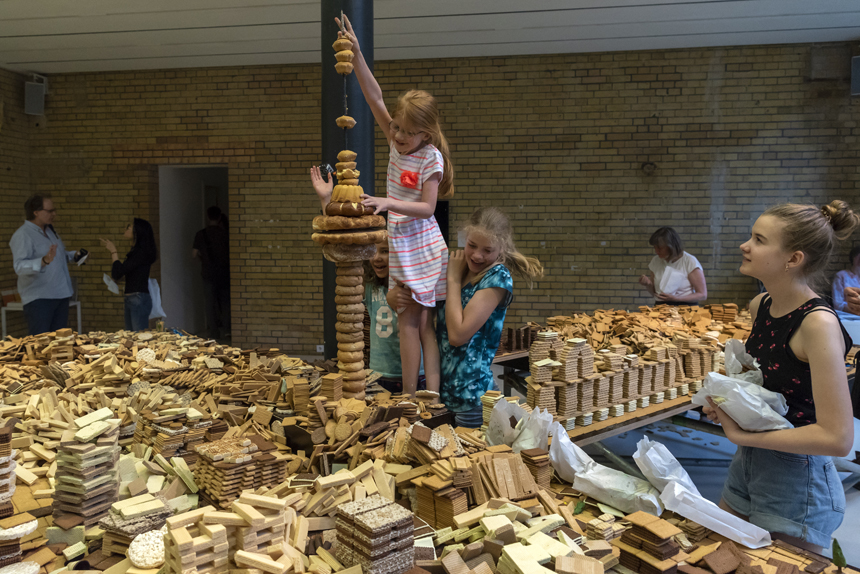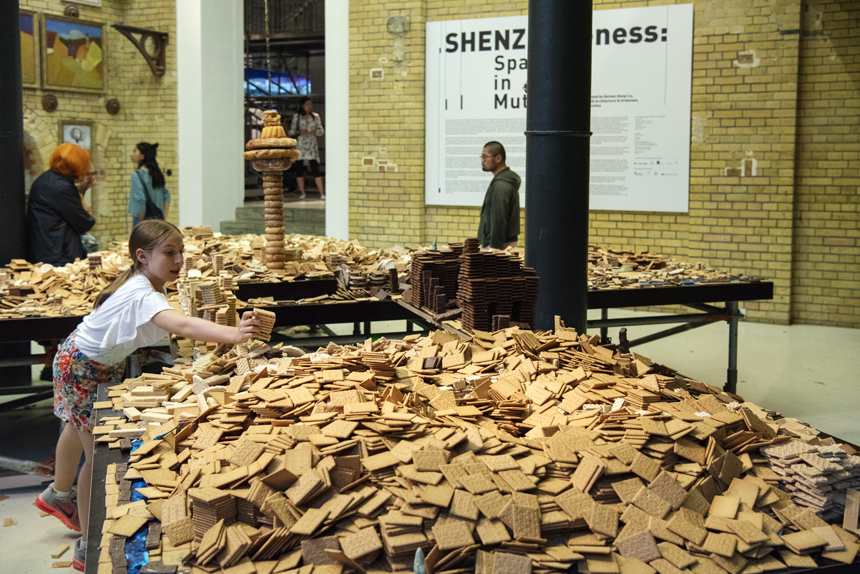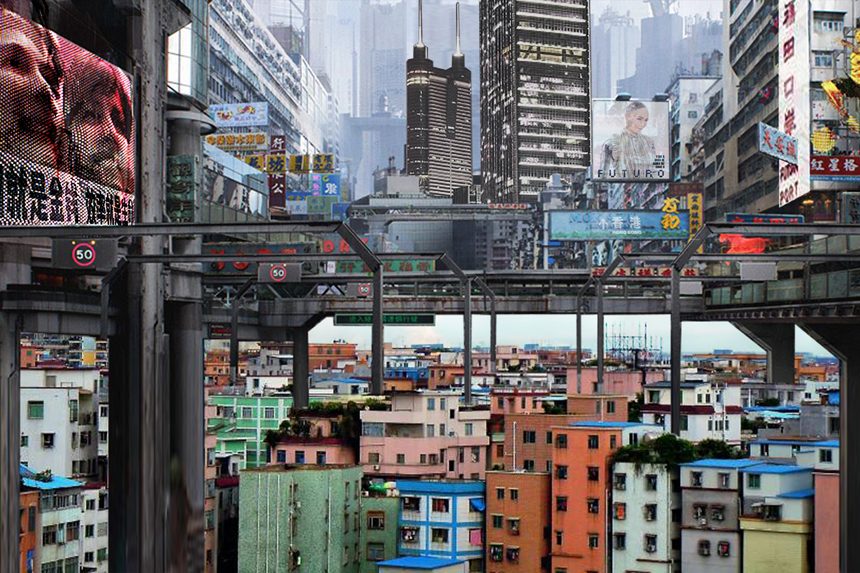Over the course of thirty years, Shenzhen has developed from a fishing village into a megacity with numerous renowned research and technology companies. A continuous construction boom and enormous production capacities characterize the rapid growth of China’s first special economic zone where also nearly 200 German firms have settled their development departments. Currently, the trend of automation and data exchange in manufacturing technologies (Industry 4.0) is increasingly affecting the urban living environment. As a result of the largely self-organized production of real or virtual goods, new spaces and challenges are emerging for the city. With contributions from Chinese planers and artists—ARCity Office, Liu Xiaodu/UPRD/ConfigReality, NODE Architecture & Urbanism, Song Dong, Urban Plus/B-Design and XKOOL/FALab—the exhibition is dedicated to contemporary space productions and visions about the future.
Shenzhen is a city full of vitality. With its twelve million inhabitants it is a dense migrant city that was built randomly in a short period. Its history of development is a linear intersection of occasion and inevitability. Called into existence in 1979 with the establishment of the Shenzhen Special Economic Zone (SEZ), the city became a place where export-oriented manufacturers have been producing and assembling an enormous amount of goods.
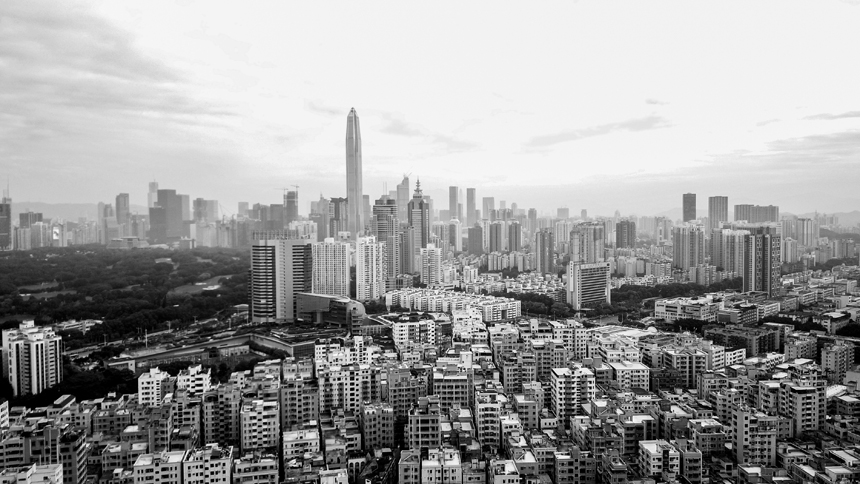
Shenzhen © Zhiyuan Gong
Today, many people from all corners of China are still attracted to Shenzhen – they arrive in search of progress, prosperity and freedom. From a sociological perspective, this melting pot has a strong interactive nature. As the window of the country’s reform and opening up scheme, it has a remarkably acute perception of new things such as cutting-edge science and technology. It is not for nothing that Shenzhen is considered a stronghold for all kinds of consumer electronics products.
Currently the trend of automation and data exchange in manufacturing technologies is being established. The so-called Industry 4.0 is commonly referred to as the fourth industrial revolution. Just like the previous industrial revolutions, while advancing the productivity level and producing more goods, this revolution is also bringing about new challenges to the social development. The production of commodities, no matter if they are real commodities or virtual goods, will inevitably have a certain kind of interaction with space. As the products manufactured in Shenzhen change, the production of space of the city has also experienced a process of alienation, namely, an unconventional, non-traditional process of space production.
The exhibition ‘SHENZHEN-ness: Space in Mutation’ demonstrates the urban transformation on the basis of five cases: Shenzhen-Hong Kong Entry and Exit Border Controls, Shenzhen Hi-tech Zone, Huaqiangbei, Xiasha Square, and Dafen Village. These unique spatial prototypes illustrate the unconventional production process of Industry 4.0.
In addition to a critical discussion about the current urban issues, the exhibition provides an insight into the future of Shenzhen. Urban planners, architects and artists developed five general scenarios for the city that address different levels of the urban: ‘Sociology-Interaction’, ‘Science and Technology-Perception’, ‘Infrastructure and Environment-Integration’, ‘Architecture and Urban Planning-Density’, and ‘Art-Freedom’. Images, films, models, interactive media, and a large-format installation reveal the radical architectural, infrastructural, and social changes that are taking place at a rate hardly to be characterized by the European notion of ‘growth’.
CATALOGUE
English
€ 10
To the catalogue order
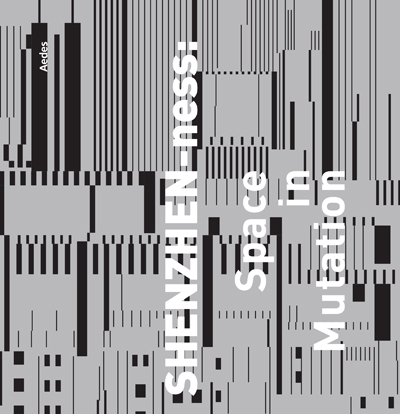
Many thanks for the support
SZFIEC, DEEP DIVE, I City Think Tank, The Chinese University of Hong Kong - School of Architecture
